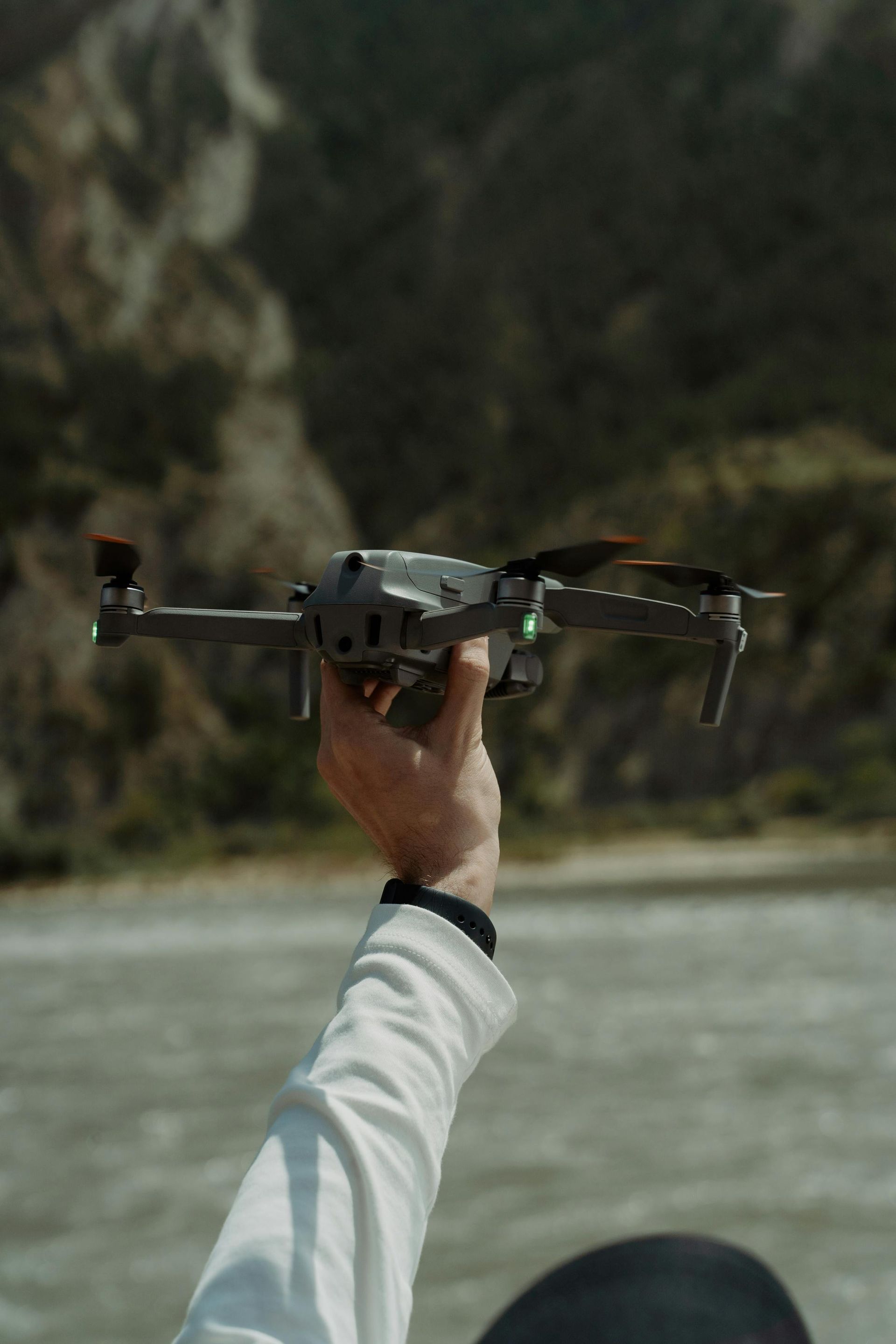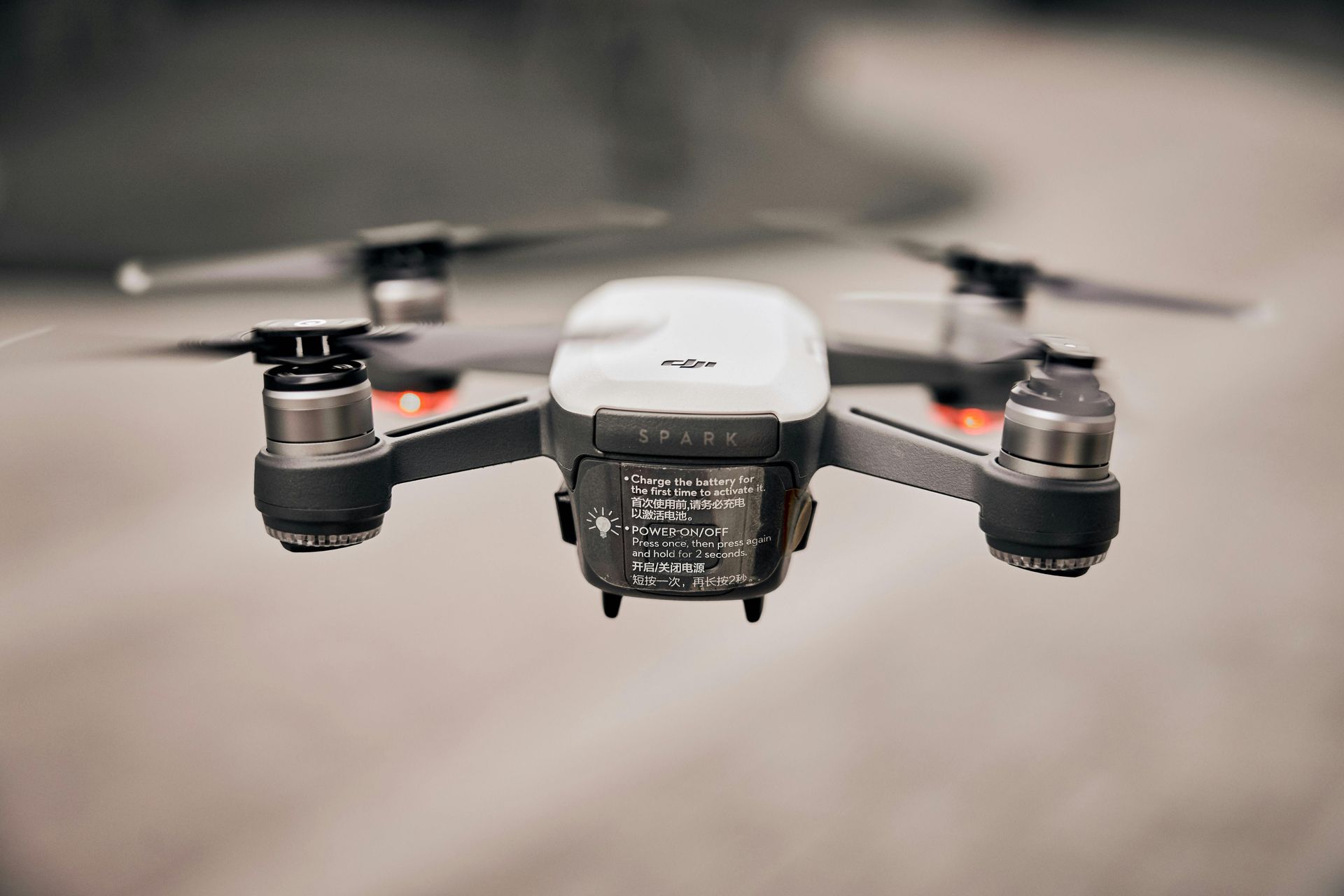The Technical Side of Drone Equipment for Aerial Photography
Modern aerial photography has transformed how industries capture, analyze, and present visual data from above. From marketing and real estate to construction and agriculture, drones provide unmatched flexibility and precision. But behind every crisp, high-resolution image is a well-tuned blend of cutting-edge equipment and professional operation.
This blog post breaks down the core technical aspects of drone equipment.
Flight Stability and Gimbal Control
Aerial photography involves capturing images from an elevated position, most commonly using unmanned aerial vehicles (UAVs), or drones. These images offer perspectives that simply aren’t possible with ground-based photography.
For homeowners, this type of imagery is especially valuable for inspecting roofs, visualizing landscaping changes, documenting property boundaries, or preparing a home for sale. The detail and scope provided by these photographs give a better overview of a property’s full layout, surroundings, and condition — essential information for planning or marketing.
A typical setup includes a high-resolution camera mounted on a drone, which is piloted either manually or through pre-programmed flight paths. Importantly, flying a drone for image capture requires a basic understanding of UK drone regulations, particularly if you're flying near people or other properties.
Flight Stability and Gimbal Control
The backbone of clear and consistent photography is flight stability. Enterprise-grade drones are fitted with multi-axis gimbals, GPS locking systems, and smart stabilization software that ensures smooth footage and minimal vibration, even in gusty weather.
These features are particularly essential when capturing visual data for detailed construction updates or site inspections. The gimbal allows the camera to remain level and unaffected by minor drone movements, delivering steady shots across every frame.
Camera Technology and Sensor Performance
When selecting the best drone for photography, it’s not just about the resolution. The sensor size, dynamic range, lens quality, and colour profile all influence the final image. Larger sensors such as Micro Four Thirds or full-frame offer better depth and clarity, especially in low-light settings.
This becomes especially important for tourism and destination marketing, where visuals must be vibrant, immersive, and professionally composed to attract attention and engagement.
Range, Flight Time, and Operational Flexibility
Drone range and battery life dictate how much ground can be covered in one session. Professional drones often boast up to 40 minutes of flight time per battery, with extended control ranges of several kilometers. Swappable batteries and efficient charging setups are vital for large-scale jobs.
For clients searching aerial photography near me, long-range drones ensure thorough coverage of expansive locations—whether that’s farmland, construction zones, or industrial parks—with minimal downtime between flights.
Live Transmission and Ground Control Feedback
Professional drones transmit live HD footage back to ground controllers, allowing operators to make precise adjustments mid-flight. This live view is crucial for framing scenes accurately, navigating tight spaces, or engaging clients during filming.
This capability is invaluable for drone aerial photography, especially during live events, architectural documentation, or time-sensitive projects. It ensures every frame is captured from the optimal angle without requiring repeat flights.
Data Handling and Post-Production Workflow
High-resolution footage and RAW imagery demand reliable data storage. Professional drones are equipped with fast memory card slots and support RAW formats, ensuring flexibility during editing. Compatibility with software like Adobe Lightroom and video editing suites is essential for finishing touches.
Clients looking for drone photography services often need both raw files for internal analysis and edited media for public use. An efficient post-production process backed by solid file handling is key to delivering high-quality results, fast.
Understanding the technical foundation behind
aerial photography empowers clients to make informed decisions when hiring drone professionals. From stabilized flight systems and premium cameras to robust data handling and live control feedback, every element contributes to creating sharp, purposeful visuals.
At
Drone Photography Manchester, we specialize in delivering expertly captured, fully edited aerial visuals tailored to your needs. Using state-of-the-art drones and a highly skilled team, we support businesses across Greater Manchester and surrounding areas with dependable, precise, and creative solutions.
Just on X: What makes drone equipment perfect for stunning
aerial photography!




